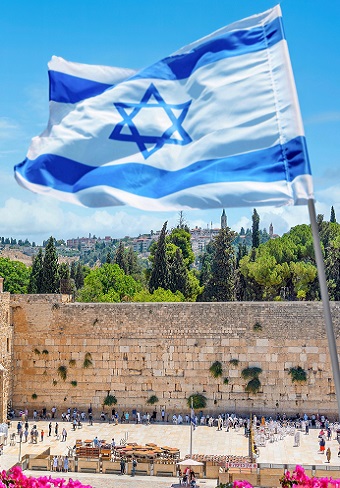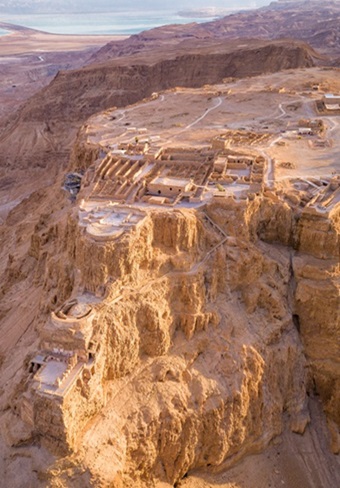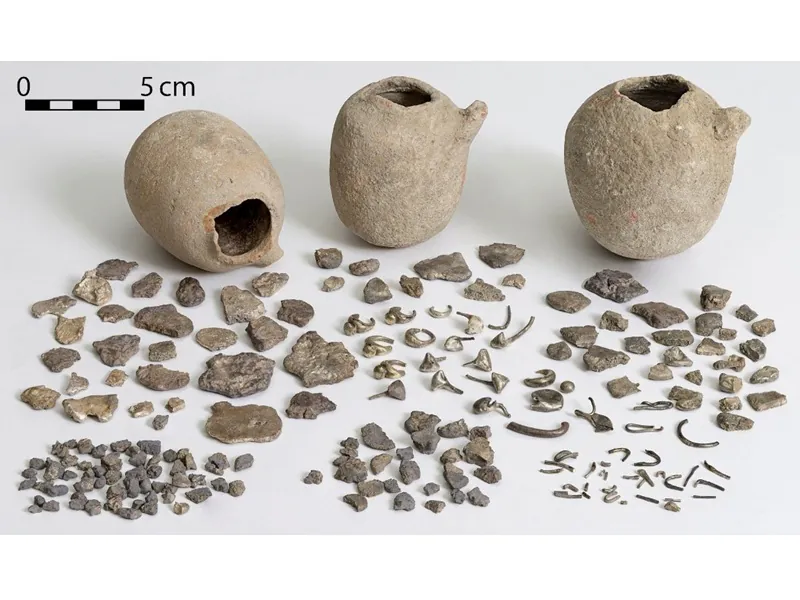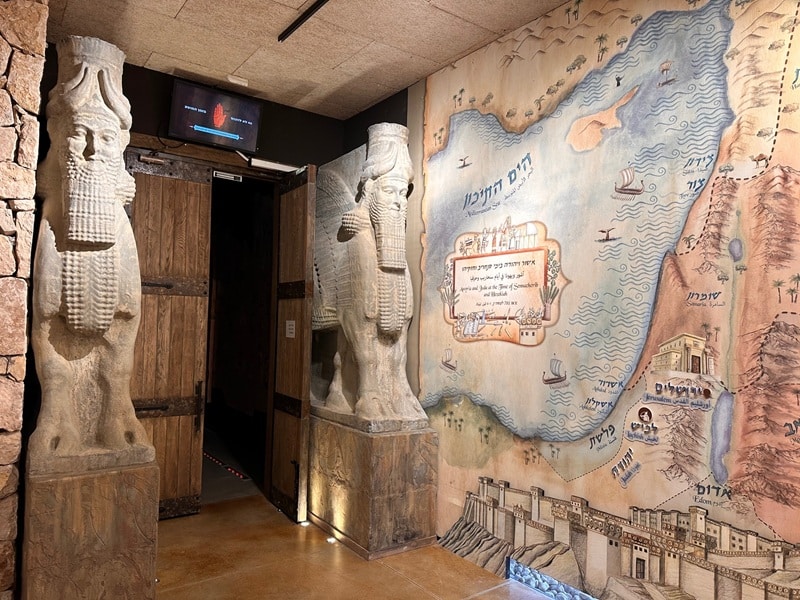Touring Qumran: Unveiling its Mysteries Through Five Riddles

Qumran is an archaeological site located on a hill overlooking the northern edge of the Dead Sea. It became famous for the discovery of the Dead Sea Scrolls in caves around it. The site also yielded an array of intriguing discoveries. Dig into a brief Q&A unveiling some of the mysteries surrounding Qumran and the Dead Sea Scrolls.
1. Who Wrote the Dead Sea Scrolls?
 The identity of the authors and the figures they mention in the Dead Sea Scrolls remain shrouded in historical ambiguity. The prevailing theory proposes that a Jewish priest called “Teacher of Righteousness” founded Qumran as the center of the Yahad community around the 2nd century BC. He contested the priests of Jerusalem and claimed that their operation of the Temple was corrupt and false. The scribes of the Dead Sea Scrolls were all members of the Yahad community which has much in common with what we know about the Essenes. Indeed, Qumran may have been the spiritual nucleus of the Essene movement.
The identity of the authors and the figures they mention in the Dead Sea Scrolls remain shrouded in historical ambiguity. The prevailing theory proposes that a Jewish priest called “Teacher of Righteousness” founded Qumran as the center of the Yahad community around the 2nd century BC. He contested the priests of Jerusalem and claimed that their operation of the Temple was corrupt and false. The scribes of the Dead Sea Scrolls were all members of the Yahad community which has much in common with what we know about the Essenes. Indeed, Qumran may have been the spiritual nucleus of the Essene movement.
2. What Secrets Did the Dead Sea Scrolls Conceal?
Discovered in 11 caves circling Qumran, the 2,ooo-year-old Dead Sea Scrolls refer to a cache of over 900 manuscripts. About a quarter of the scrolls are copies of the Old Testament and apocryphal books. The rest is labeled as sectarian literature that describes rules and beliefs of a community that called itself the Yahad. Of special interest is the Copper Scroll, a long copper sheet listing 60 hiding locations of vast amounts of gold, silver, and sacred objects.
3. Decoding the Location of Qumran
Why did the Teacher of Righteousness favor Qumran as the epicenter of the Yahad community? Situated in the Judean desert and facing the Dead Sea, Qumran also faces Mount Nebo, Moses’ burial site. One hypothesis proposes a symbolic defiance against corrupted priestly practices in Jerusalem, with Qumran’s orientation towards Mount Nebo serving as a visual testament to a return to the original laws of Moses, including the temple operations.
4. Qumran’s Enigmatic Cemetery
Qumran’s cemetery lies on the eastern slopes of Qumran, behind a long wall. Approximately 1,000 burials, of which 65 have been excavated, revealed a clear pattern of adult males in uniform positions. This suggests an egalitarian and celibate community, reminiscent of a Christian monastery. One tomb on a separate hill with a big square frame stands out. Could this be the final resting place of the Teacher of Righteousness, the founder of the Yahad Community? Perhaps the cemetery developed around his tomb?
5. Did John the Baptist Reside in Qumran?
An intriguing hypothesis emerges when examining John the Baptist’s beliefs and biography — could he have been acquainted with Qumran and the Yahad community? There are parallels in their rejection of Jerusalem’s priests, the anticipation of a messiah, the desert lifestyle, and the use of water in rituals fuel speculation. The proximity of John the Baptist’s Baptism Site and his execution site to Qumran raises intriguing questions about his potential connection to the Yahad community and Qumran. However, it is worth noting that both Baptism and John the Baptist are never mentioned in the Dead Sea Scrolls, nor are Jesus or Christianity.
Interested in learning more about Qumran and the Dead Sea Scrolls? Contact us to set up a tour of Qumran and other sites around the Dead Sea. Alternatively, sign up for the special off-road tour on the trail of treasures mentioned in the Copper Scroll!











